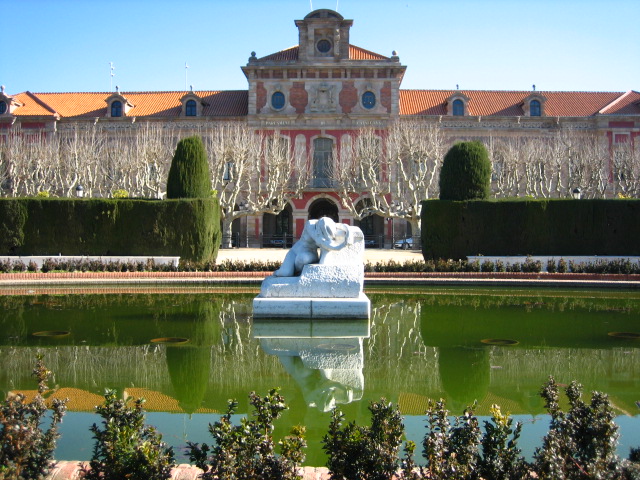
The History behind Catalonia’s Claim
A people’s historical memory often leaves a toxic legacy and the Catalonian aspiration for independence from Spain is a case in point. Historically, Catalonian culture was orientated towards France. It was not until the 19th Century that Madrid’s influence took root.
The Catalonian Independence Movement began in 1922, a time when “small nations” were being created after the breakup of empires during the first world war. Irish, Czech, Polish and Hungarian National movements all flourished in this period.
In 1931 a Catalan Republic was proclaimed by popular consent. Catalonia became an autonomous region dominated by left wing political factions. By the beginning of the civil war (1936-39) Catalonian politics were dominated by anarchists, communists and trade union factions. Industries were nationalised, without compensation, and agriculture collectivised. Grandee estate owners were shot or fled the country. Catholic churches were used as store houses and stables. Nuns and priests were hanged – usually by the Russian-backed Communist Party. With the rest of Spain ruled by the dictatorship of General Franco, it also invited an impossible conflict.
Catalonia could only raise a rag-tag collection of poorly-armed civilians and internationalists to fight against Franco’s professional African regiments, many of whom were from the Spanish foreign legion (Motto: Viva la mort!, Long live death). So in November 1938, the Catalan republic was inevitably defeated, at the Battle of Ebro. Barcelona fell on 26th January. That defeat was followed by mass looting, murder and rape. Between 4-500,000 demoralised Catalans subsequently crossed the Spanish border into French internment.
The Catalan language was suppressed, with its poets and writers imprisoned and its press closed down. It is the children of grandparents and parents who lived through these times who form the backbone of today’s Catalonian Independence movement.
After Franco’s death in 1975, Catalans accepted autonomy rather than independence. Industries like textiles, metal-work and food processing flourished. Service industries and international tourists flocked to the region. However, Catalans resented high taxation used to subsidise other poorer regions in Spain.
In 2007 Catalonia voted for extended autonomy. The decision was challenged in the Spanish High Court, triggering a popular movement for full independence. Later, in 2013, the Catalan Sovereignty Declaration, passed in the Catalonian Parliament (pictured above), declared that the Catalonian people had a right to decide their own political future.
This year the political climate looks stacked against the separatists; businesses are leaving the region, foreign investors are nervous and the EU, mindful of of Brexit, sides with the Spanish Parliament. Catalans of all persuasions are not in favour of leaving the EU. Neither France’s President Macron nor the German Chancellor Angela Merckle will give separatists the time of day. It all means that a long, drawn-out, ill tempered standoff is underway, with both sides in dispute praying that the ghosts of the civil war will not return to Spain.